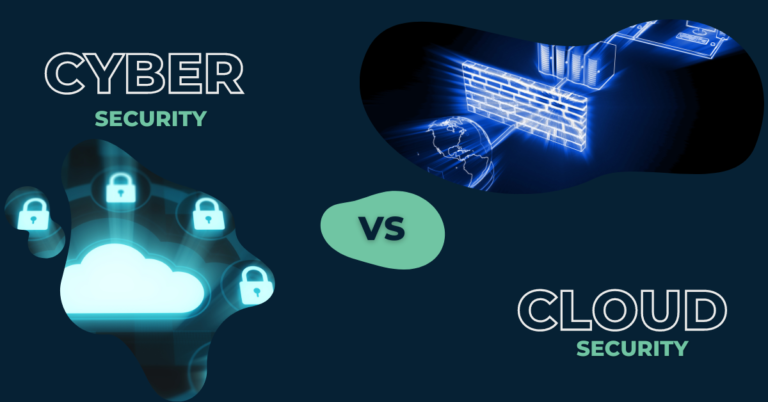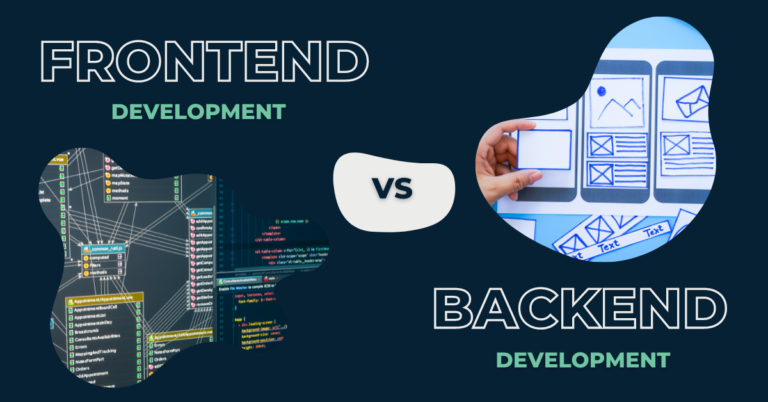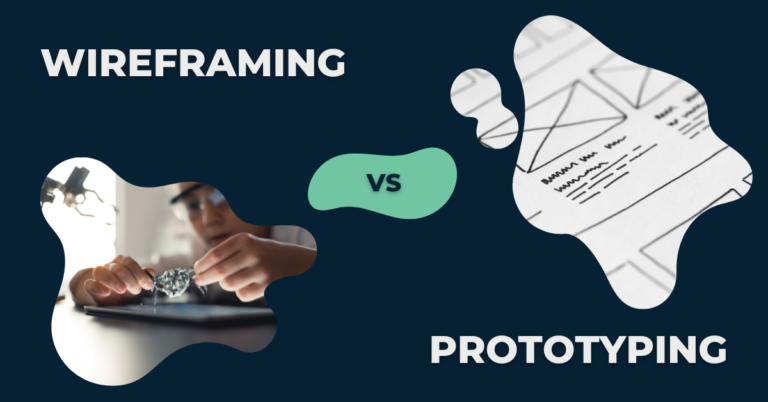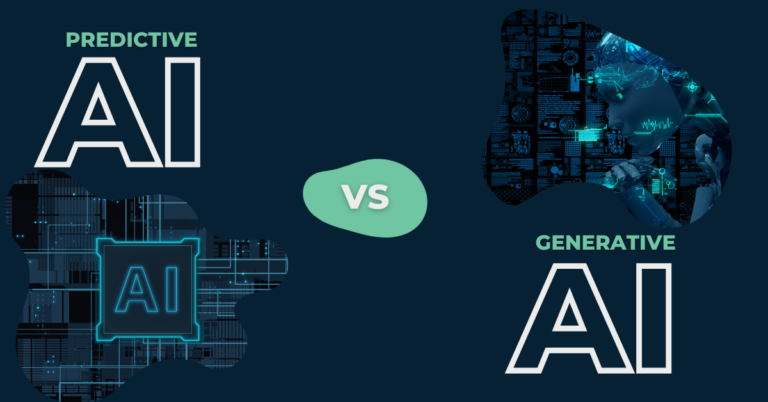
Cyber Security vs Cloud Security | What’s the difference?
Cyber security and cloud security are both important aspects of protecting digital information and systems, but they focus on different areas of security. Cyber security

Cyber security and cloud security are both important aspects of protecting digital information and systems, but they focus on different areas of security. Cyber security

When it comes to web development, there are two main types of development: frontend and backend. Frontend development is focused on creating the part of

Wireframing and prototyping are both important steps in the design process for creating digital products such as websites or mobile apps. Wireframing is a preliminary

To understand the difference, first know what AI is. AI is short for artificial intelligence. It’s basically the simulation of human intelligence performed by computers

Protect your business and its assets. Here are a few tips to help you and your business against cyberattacks: Implement a security policy that outlines

Nowadays it is really easy from scammers and hackers to retrieve important information from unsuspecting individuals. It is important to remember the basics when it